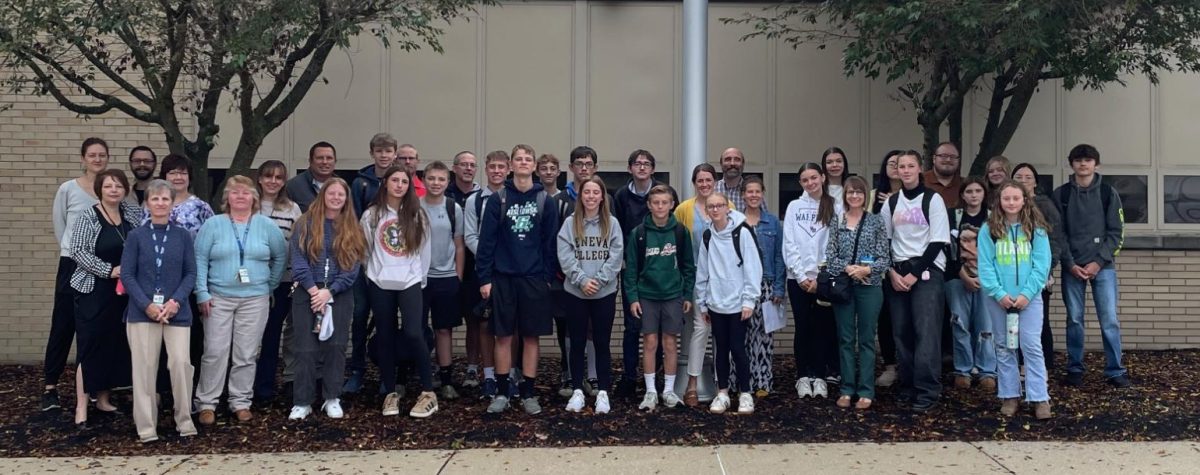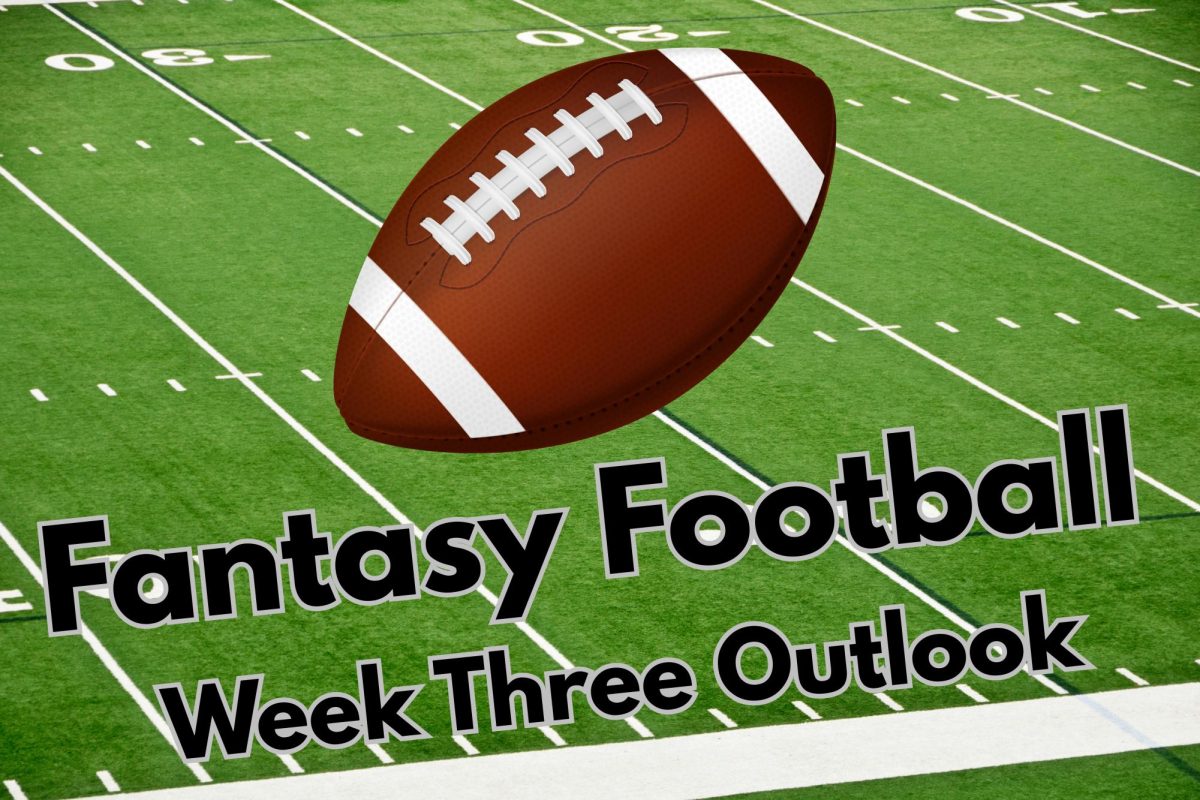Streaming services have become the best way to listen to music. The easy accessibility make it the prime way to consume the medium. All it costs is a few dollars a month for access to a nearly endless library of music. This brings up the question: are these services hurting artists and the music industry as a whole?
The main draw to streaming services is the immediate access to a large library of music and the affordability. The major drawback to this is how the money earned from subscriptions is distributed. Each platform pays a different amount per stream or the amount of times somebody has listened to the song. For example, Spotify pays $1 for roughly 250 streams. Large artists who can obtain large amounts of streams are paid well. The problem is only apparent with independent artists. While 250 streams don’t seem like too much, to underground artists who aren’t streamed as often as bigger artists, this becomes a much bigger problem.
Recently, Spotify has introduced a new policy where, to be paid for their music, a specific song needs to reach 1,000 streams. This policy is very bad for those artists who aren’t receiving much attention. Any amount of money can help these artists, but this policy makes it much harder for these artists to survive on the platform.
Another key reason why these streaming platforms aren’t always beneficial to artists and the music industry as a whole is oversaturation. On these platforms, the more streams you get, the better. That means that major artists working in the industry are encouraged to release as many songs as they can, which sacrifices the quality of the music. Quantity is encouraged instead of quality to increase revenue. With more low-quality music being put out, it can hurt many of the artists who take time to refine their music and release full projects filled with passion and creativity.
To give a recent example, Taylor Swift recently released her album “THE TORTURED POETS DEPARTMENT.” The original release of this album has 16 tracks, which isn’t too many but is still more than average for album releases. The problem comes with the release of “THE TORTURED POETS DEPARTMENT: THE ANTHOLOGY.” This adds an extra 15 tracks to an already long album. Instead of refining the project, Taylor and her team decided to release as much music as they could to get as many streams as possible. This method of gaming these streaming services encourages lower quality music and generally is harmful to creativity in the industry. Keagan Dobo, a student, agrees, saying, “The industry is the enemy of creativity. At the end of the day, it is a business, and most artists are business people trying to get money. Half of the problem in the industry is repeating the same idea for too long. Lots of popular music released feels like a nothing sandwich because of the repetition of these lackluster ideas. It makes it way harder for smaller artists to succeed in the industry.”
The most important way to fix these problems and to support these musicians is to increase the amount smaller artists are paid and decrease the amount the most popular artists are paid. These big artists can still be very successful, but it allows smaller musicians to be able to thrive in the music industry. Will these changes happen? Probably not, but paying these musicians more will allow more creativity and will only benefit the listener.










